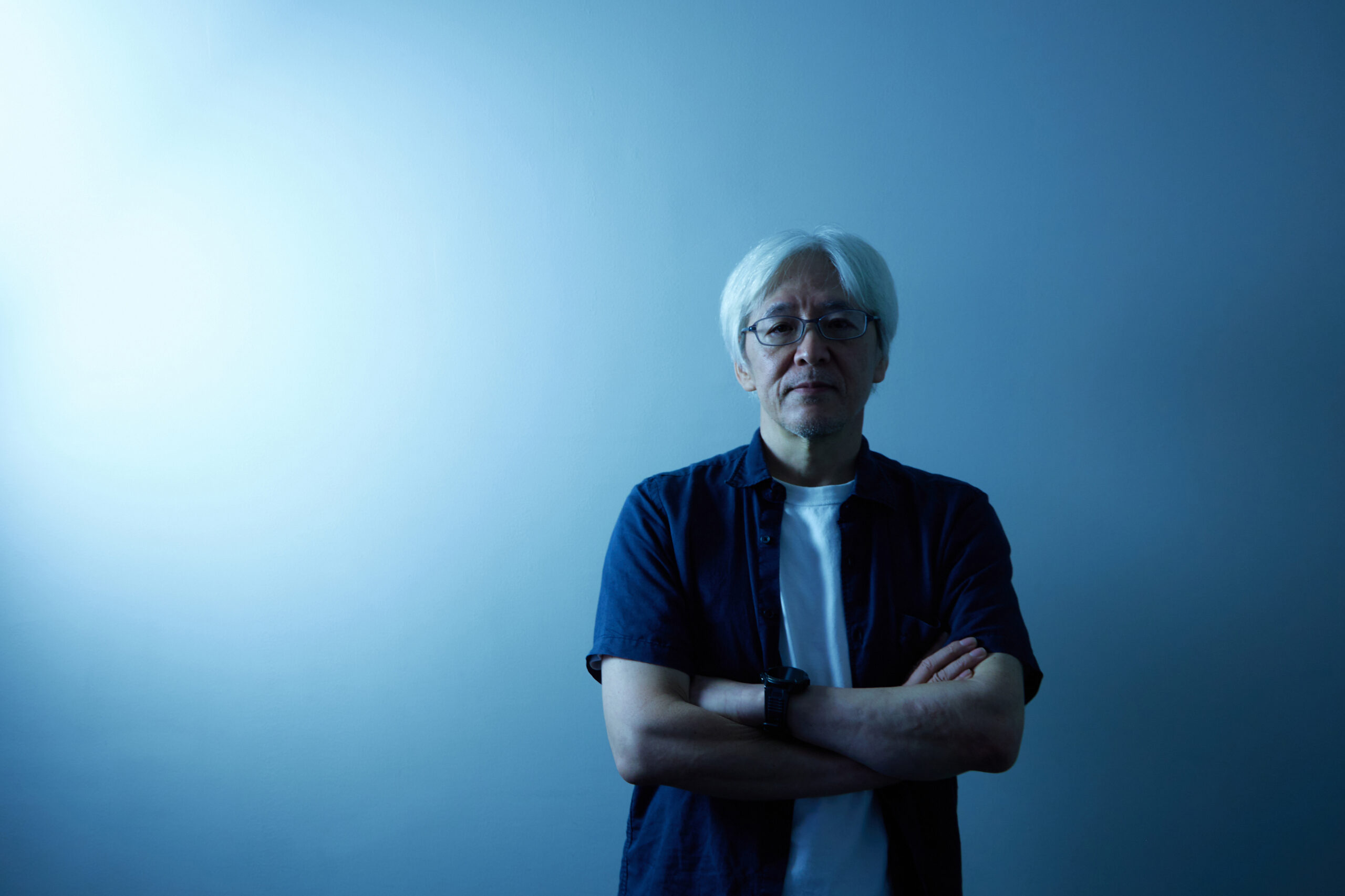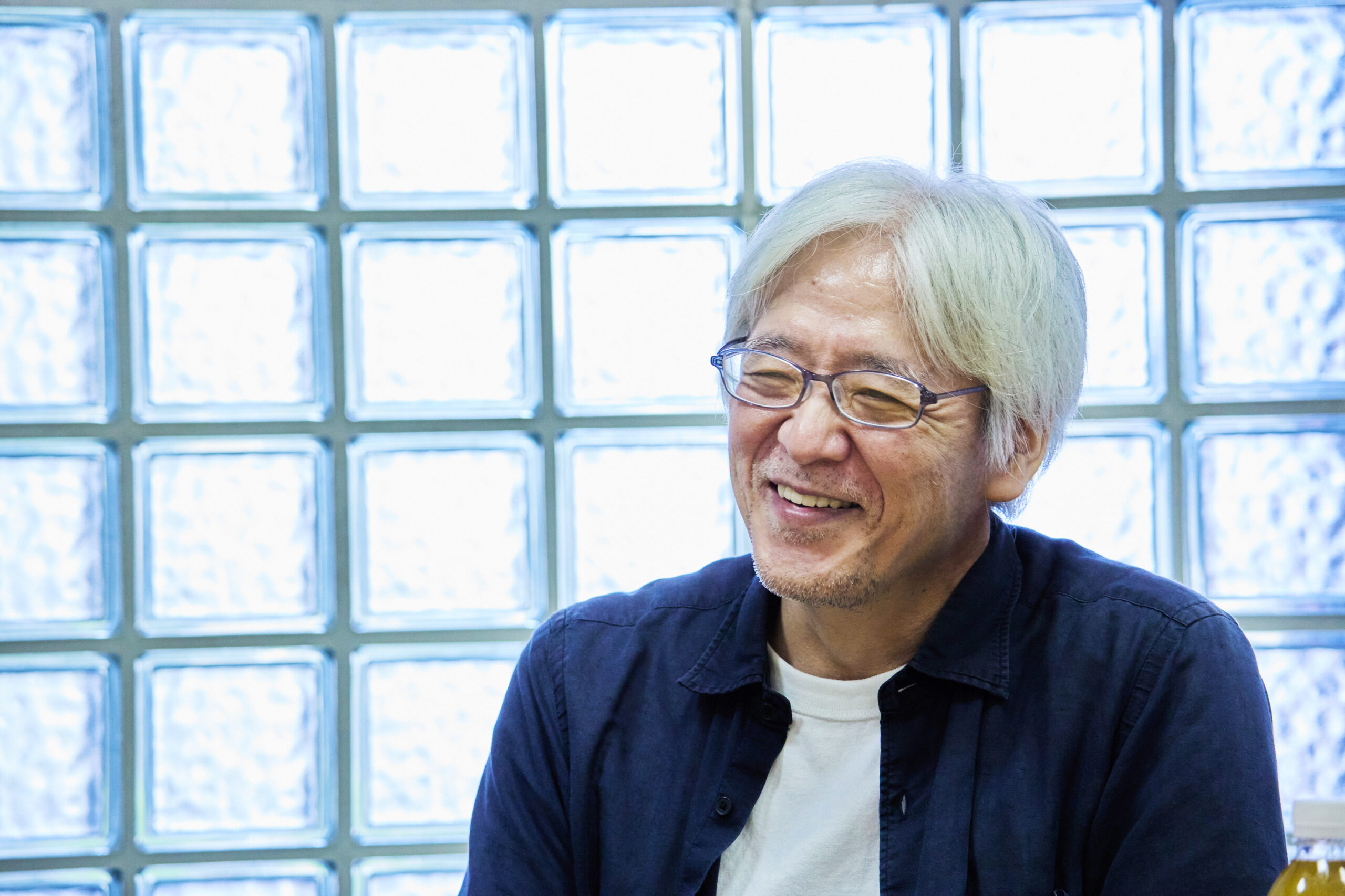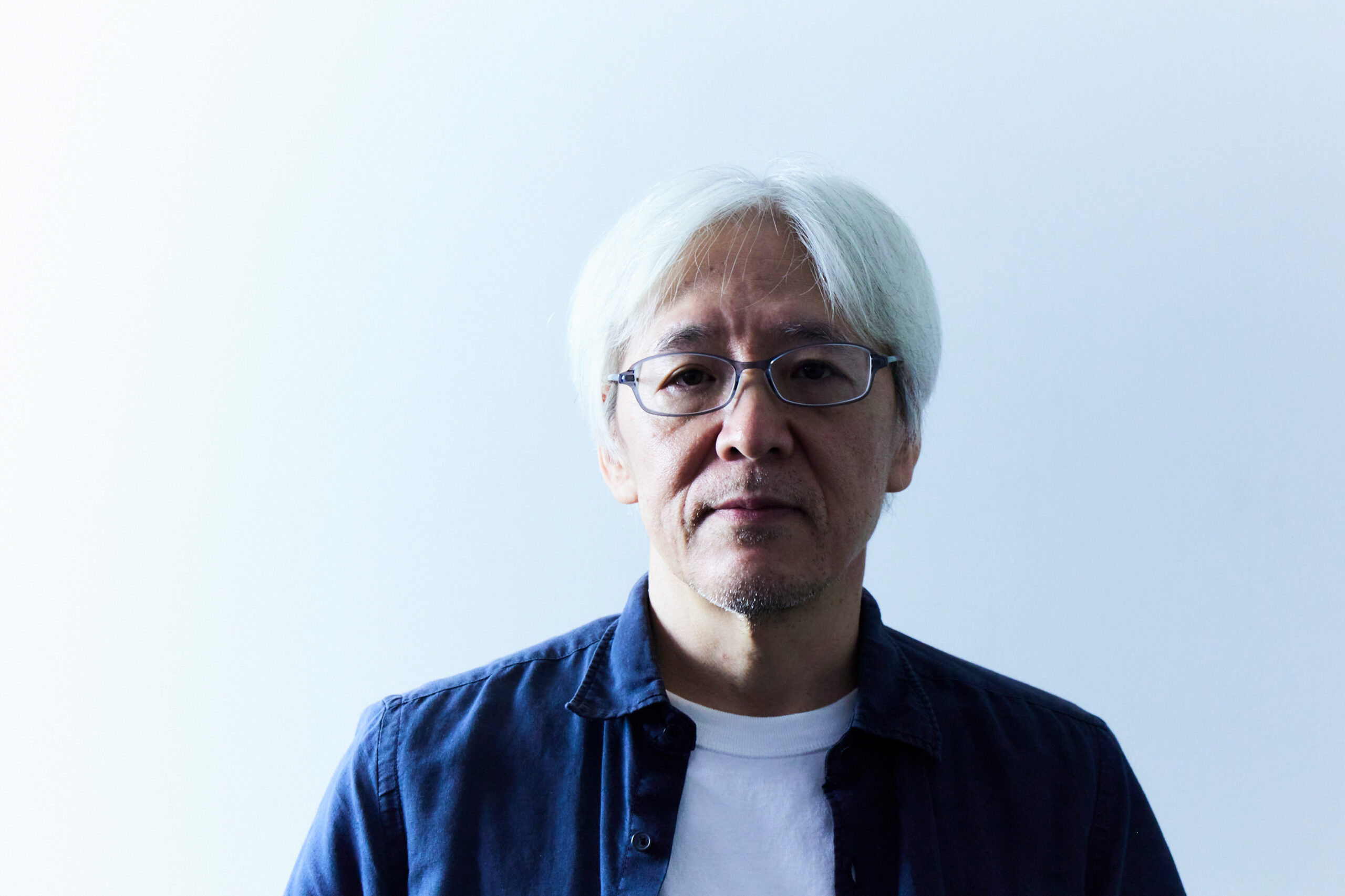
Kazuchika Kise’s Pride as the Creator of The Fourth “Ghost in the Shell”: His Focus as an Animator and Director #02
Text: Satoshi Asahara / Photo: Great The KabukichoA fully artificial cyborg body, not a humanoid robot. Kazuchika Kise is the artist who brought that “living” quality to the mysterious being known as Motoko Kusanagi with his high-quality animation. In his role as animation director for both Ghost in the Shell and its sequel, Innocence, Kise played a vital role in the pursuit of realism emphasized by director Mamoru Oshii. He made the bold move to revisit Motoko’s youth when directing Ghost in the Shell: Arise, finding new ways to showcase the series’ charms.
For all that he is one of the creators most familiar with Motoko as a character, he casually tells us that “I prefer drawing old guys.” And even with the manual dexterity that rivals a magician, he gives off an air of inability to lie in our interview. And so, we took the opportunity to dig into a thorough look at everything from the struggles of animators and directors to his outlook on modern animation.
#02 The True Meaning of a PPPK Command From Mamoru Oshii
-I believe you first worked with Mamoru Oshii, with him as director and you as animation director, for the 1989 Patlabor: The Movie. After that, you were hired at Production I.G and worked on Ghost in the Shell. Could you tell us about where you were mentally at that point?
Kazuchika Kise (“Kise”): At the time, I had just finished production of Patlabor 2: The Movie and was looking for a next project, so I didn’t have a way to dodge it. It looked like I would have to animate alongside Hiroyuki Okiura if I joined up on Oshii’s project, too, which I was sick of doing. *laughs* It’s hard to match his characters and key frames, which doesn’t leave room to enjoy the job. So unsurprisingly, I had my hands full trying to polish my art to Okiura’s level over the time we produced Ghost in the Shell.
―I know there are a lot of vectors to art quality, like the image touch-up, composition, drawing quality, and so on. You’re called a god among animators by fans. What did you find most impressive about Okiura?
Kise: Okiura was great at capturing subjects. He could replicate any form incredibly accurately, and his art had realism and dimensionality to it. And that’s hard to manage. Plus, all of the characters in Ghost in the Shell are adults with a philosophical perspective, and Oshii typically prefers less expressive faces. So I had to draw the same faces over and over, which was rough. Whereas I could relax more in Patlabor, since there were younger-acting characters, too.

-Could you tell us about some artists that have influenced you?
Kise: Well, I have a lot of influences, really. My art is drawn from a lot of talented people’s work. Things I drew from Kazuo Komatsubara and from Nobuteru Yuki, as well as what I stole from Okiura. *laughs* There’s no single element that I think of as originally mine. I used to get full of myself when people would praise my art as a kid or a student, but since getting into the industry, I’ve learned there’s always someone better.
-I’ve heard that Oshii took the entire team of animators to Guam to shoot guns before production began in order to get more realistic gunfights.
Kise: The gun shooting was just fun. I had never held a gun before, and it was scary to think that these things kill people. And what’s more, supposedly, there are tourists who will scratch themselves while holding guns and have them go off. They told us stories about that kind of thing, so I was tense at first. But it was really rewarding getting to experience the sound of the powder going off and the shock that reverberates through your wrists and shoulders, and I think at minimum, you can see its results in the animation.
-I’m told the film Ghost in the Shell had a tight schedule and budget. Did you find any scenes exciting to draw, even in that intense sort of situation?
Kise: Hmm… Not really. *laughs* Oshii was quite particular about the layout system and made us do a single pass where we drew the background and characters both precisely for a single cut and put them on a big piece of paper, all before starting work on key frames. And partially given that it was a movie, he had been telling me since Patlabor: The Movie to make the screen as densely filled with information as I could. You need to make routine perspective checks over each little thing as you work to produce that kind of layout, which is a huge strain, all else aside. We can do digital perspective checks now and can copy similar backgrounds directly. I feel like the work is a lot easier than it used to be.
-Did Oshii ever edit any of the layouts you struggled with?
Kise: Oshii likes low angles, so he often told us to lower the camera even more after layout checks. A low shot with a wide-angle lens makes spaces seem bigger and makes it easier to show depth on a screen.

-For the record, Wikipedia has a story of you running off to a game arcade when you got worn down while working on the Ghost in the Shell film. You should edit it if that’s not true.
Kise: No, that’s the truth. The game Virtua Fighter was popular among the team at that point, so I went to the arcade a lot during small gaps in work. I also played against Oshii sometimes, but I could easily guard his attacks and throw him around since he always uses the same character and same special. He would also use fighting game commands on the Ghost in the Shell storyboards. Like, he’d say “a move like a PPPK” to convey the action he wanted. And I’d reply, “That doesn’t clarify anything at all.” *laughs*
-When it comes to famous fights Ghost in the Shell, the scene of Motoko taking down the terrorist in shallow water with optical camouflage has to be one of the most famous fights.
Kise: Right. We used water sprays to convey the energy of the fight, even where you can’t see the punches and kicks. I think that was Oshii’s idea, and it was a nice way to show off the optical camouflage. Of course, I drew the outlines for all of the action with Motoko in that scene. That was the PPPK-type movement, actually. I remember it being hard to fill in the patterns to show her silhouette faintly, and our animator Hirotsugu Kawasaki really worked hard to get it done. All of the old masters of the craft have gotten old now, though, and even I don’t want to pull all-nighters at it anymore. I’d definitely refuse if some director came by and told me to redraw a scene. *laughs*
Continued to #03 Aiming for an Anime You Can Follow With Just Silent Placeholder Video
KAZUCHIKA KISE
Born March 6, 1965. A native of Osaka Prefecture. Joined Anime R after graduating high school. After serving as animation directior on productions including Zillion, he changed jobs to work with Production I.G on Patlabor: the Movie. In addition to working on mega-hit films including Rebuild of Evangelion and Your Name as an animation director, he has also taken on recent roles in television anime series including The Fire Hunter and Heavenly Delusion. Currently a director of Production I.G, Inc.

